Omaha’s Joslyn Art Museum's newest addition effortlessly complements the institution’s existing complex
The third addition to Joslyn Art Museum is designed by Snøhetta, which opted for voluminous common spaces and illuminating atriums
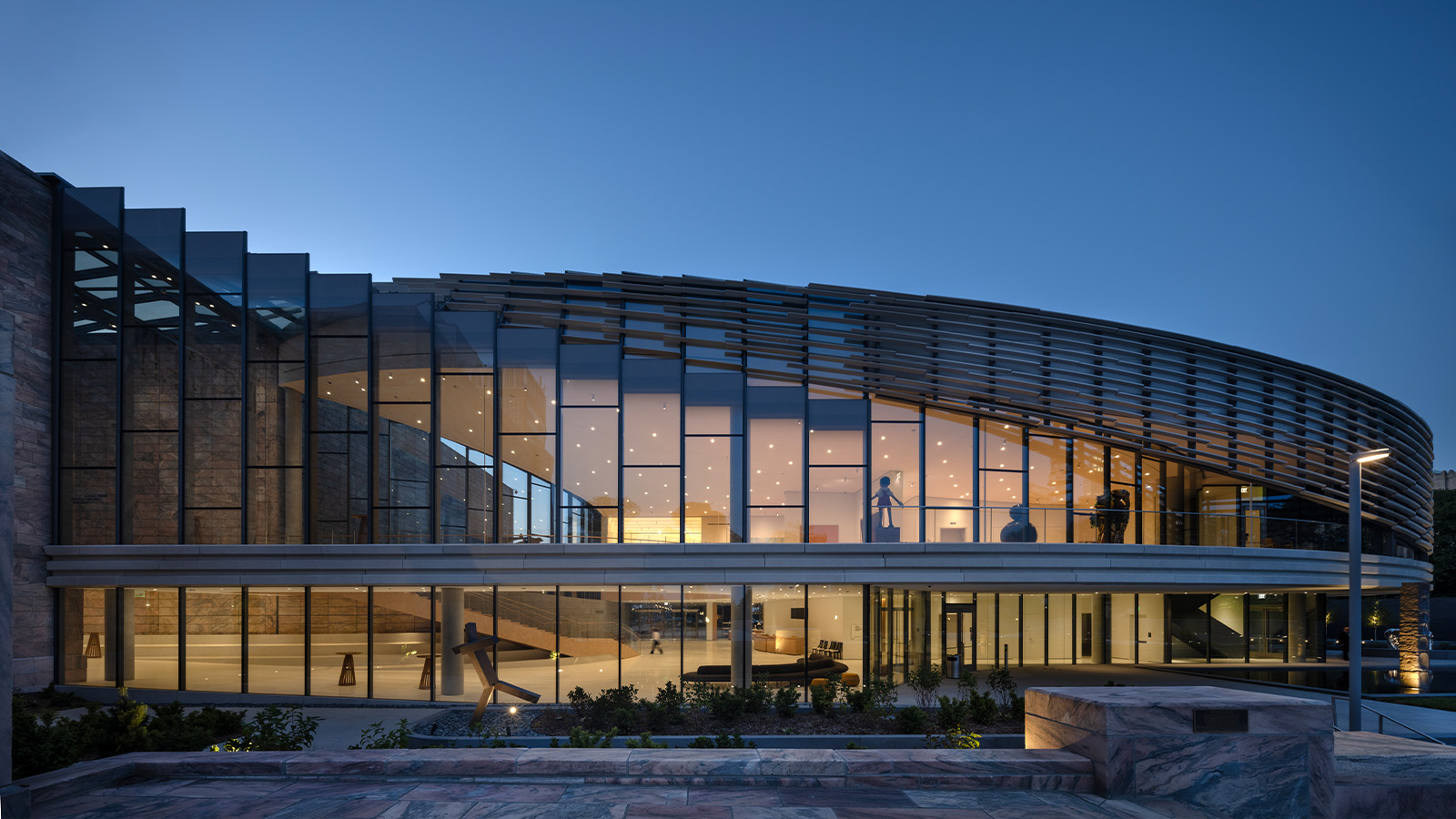
When Snøhetta worked on Omaha's Joslyn Art Museum, the architects faced a very particular challenge. Their project was the complex's third addition, so its task was to shine without blinding its predecessors. The museum already consisted of an excellent 1931 Egyptianate deco building by John and Alan McDonald and an unusually deferential 1994 addition by Norman Foster (his first in the US). Snøhetta accomplished this task exceptionally well in grafting on a kinetic 42,000 sq ft addition that provides voluminous common spaces that show off their predecessors to great effect. That's the right manner for a third wheel to spin.

Inside the new Joslyn Art Museum's third addition
Snøhetta was free to choose where to put the addition on the museum's grounds and picked a perfect spot, essentially plugging a sort of artful lightbulb into the socket of the existing Foster-designed atrium. Aaron Dorf, senior architect at the firm, explained that this was a means to 'enhance the feeling that the three buildings had a common centre of gravity, and more importantly, could avoid creating hierarchy'.
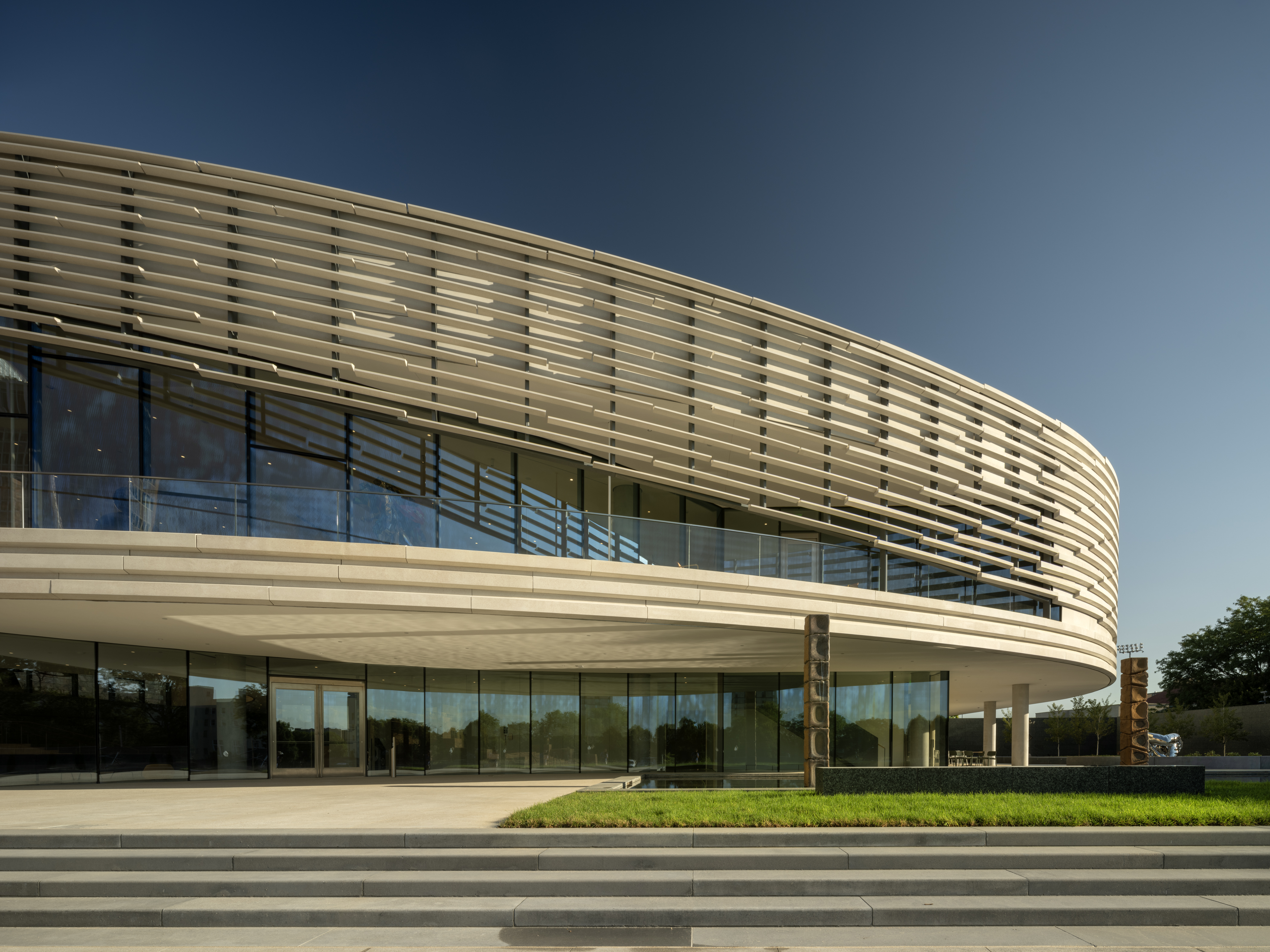
Both of the prior structures were built nearly entirely out of Georgia Pink marble. Snøhetta opted for white concrete – but salted a little pink marble into concrete panels for continuity. One portion of the structure is a third cube, which features a concrete texture to recall the main stairs of the 1931 building. In contrast to its predecessors, which are solid down to the ground, this new section is cantilevered around its edges, a nod to Prairie-style tendencies and a welcome visual jolt.
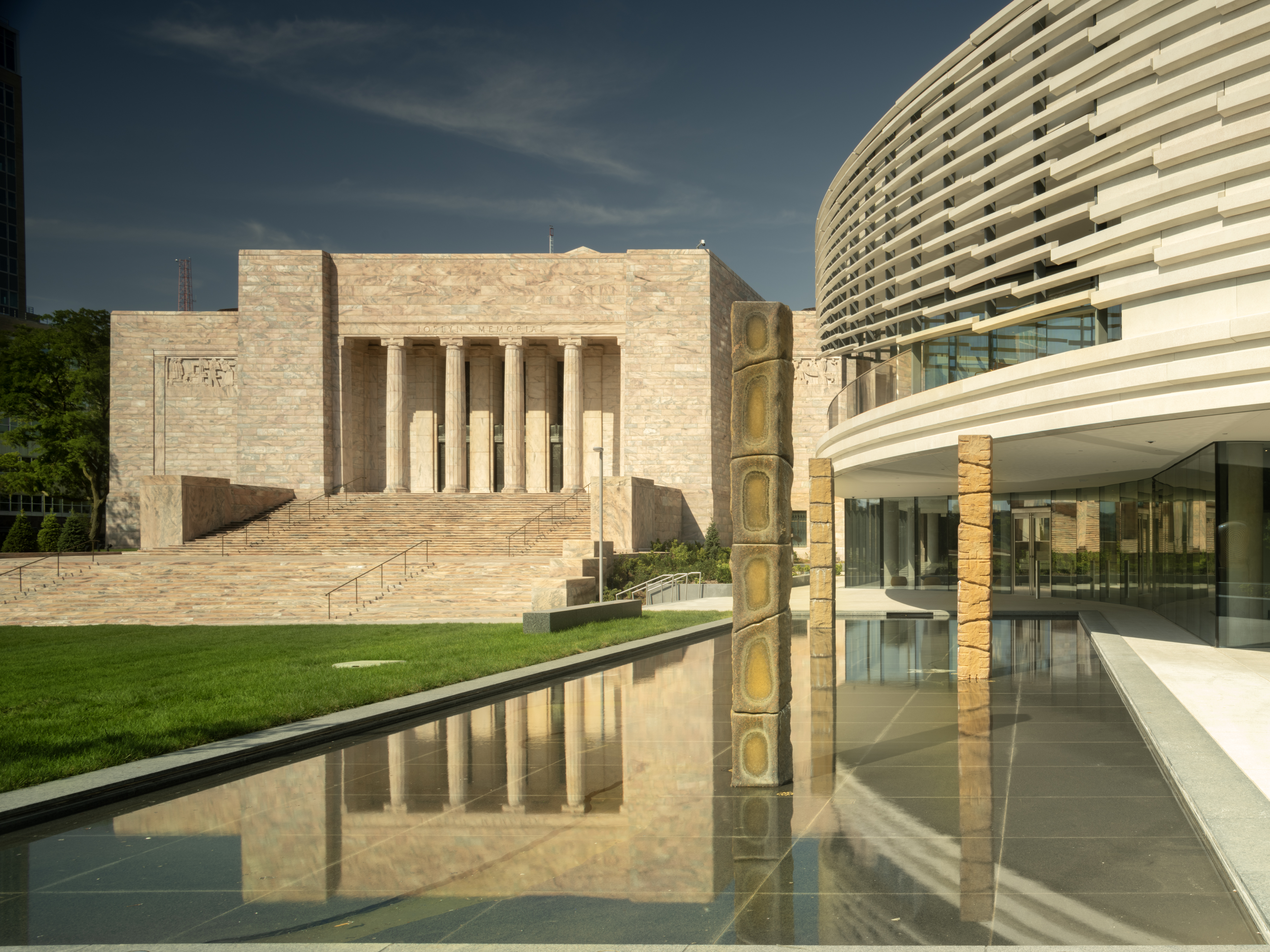
The structure is nearly entirely glass at its slender waist. Concrete brise-soleil panels, patterned rising upwards to the roof from their gallery volume, allow a sort of stage drapery parting to provide better views of the original building.
The atrium inside is admirably weightless, with a second-floor passageway supported by trusses and thin steel rods to minimise visual interruption. The architects also very deftly managed a visual transition between the rigid rectilinearity of the prior buildings and the swoop of their addition; a very mild slope of under five per cent lends vertiginous interest to the passageway.

Snøhetta also polished up portions of the older structures and repurposed some elements, but these tweaks are largely invisible, with one exception. An excision at one end of the Foster pavilion provides windows for the café and a view of a sculpture garden. Gardens surrounding the museum have been dramatically improved in their connection to a principal street.
With enormous galleries and useful modern mechanicals from the Foster expansion already in place, and the majority of office and classroom space also on hand, this extension was free to focus on galleries of more modest size (a 40 per cent increase for the museum), public space, and a gift shop.
Receive our daily digest of inspiration, escapism and design stories from around the world direct to your inbox.
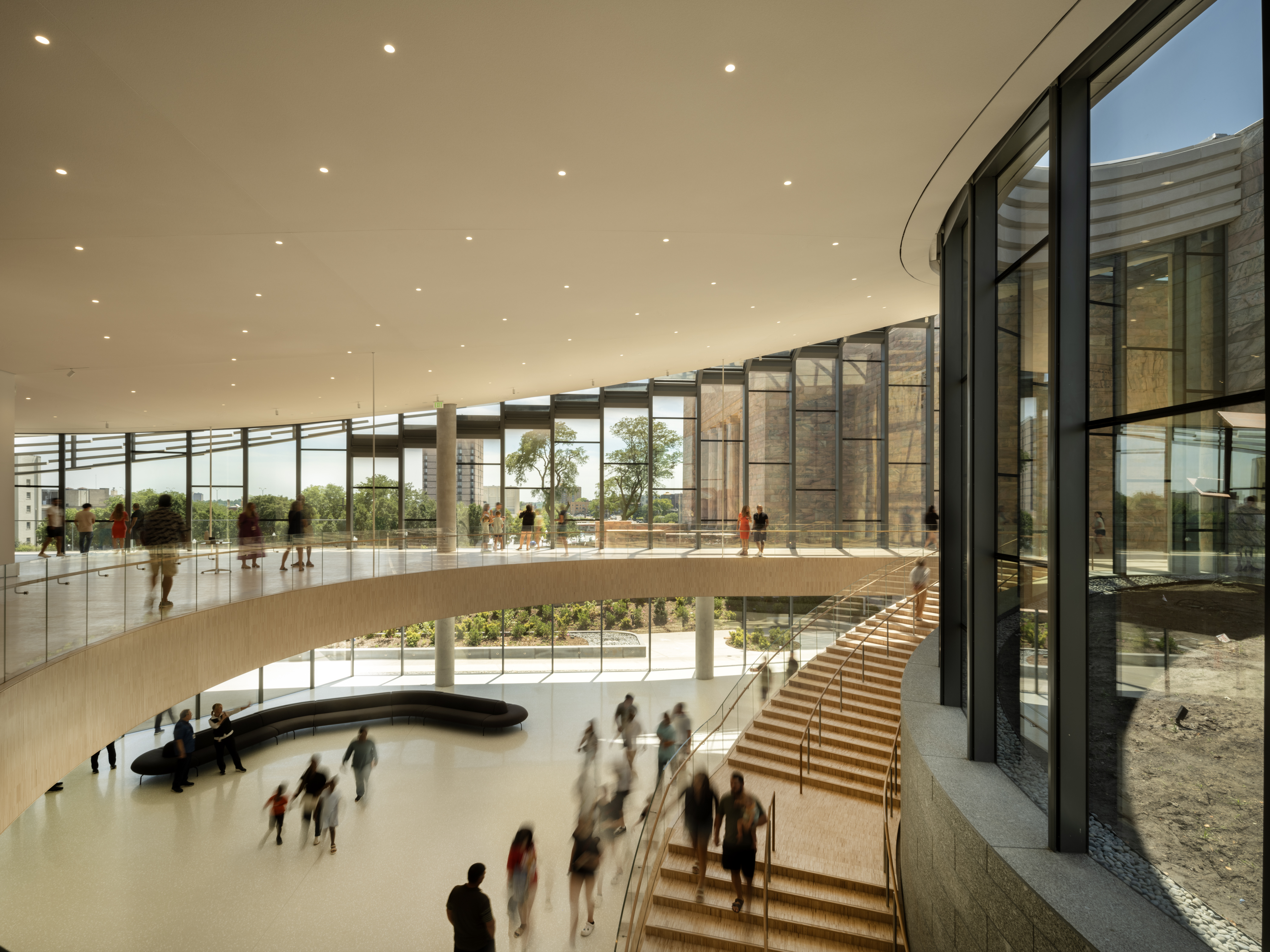
At the museum's preview, Snøhetta's Craig Dykers talked about the eternal predicament of the gallery designer, the task to keep light away from fragile paintings while avoiding building 'freezers for art'. Snøhetta succeeded at this with new upper-floor galleries to house a recent donation of over 50 modern to contemporary pieces, the Phillip G Schrager collection, and specific paper galleries on the ground floor. Possibly the most welcome feature of this addition is the art that faces the atrium; Robert Irwin, Morris Louis, and Laura Owens pieces greet you before you've even crossed the threshold.
Skylights provide shifting natural light, accentuated by hidden electric light when needed. Unusually, they face southward at roof level. Dorf explains: 'By facing southward, we can capture more of the full sky dome, which gives the daylight a more dynamic and complete colour spectrum inside the galleries.'
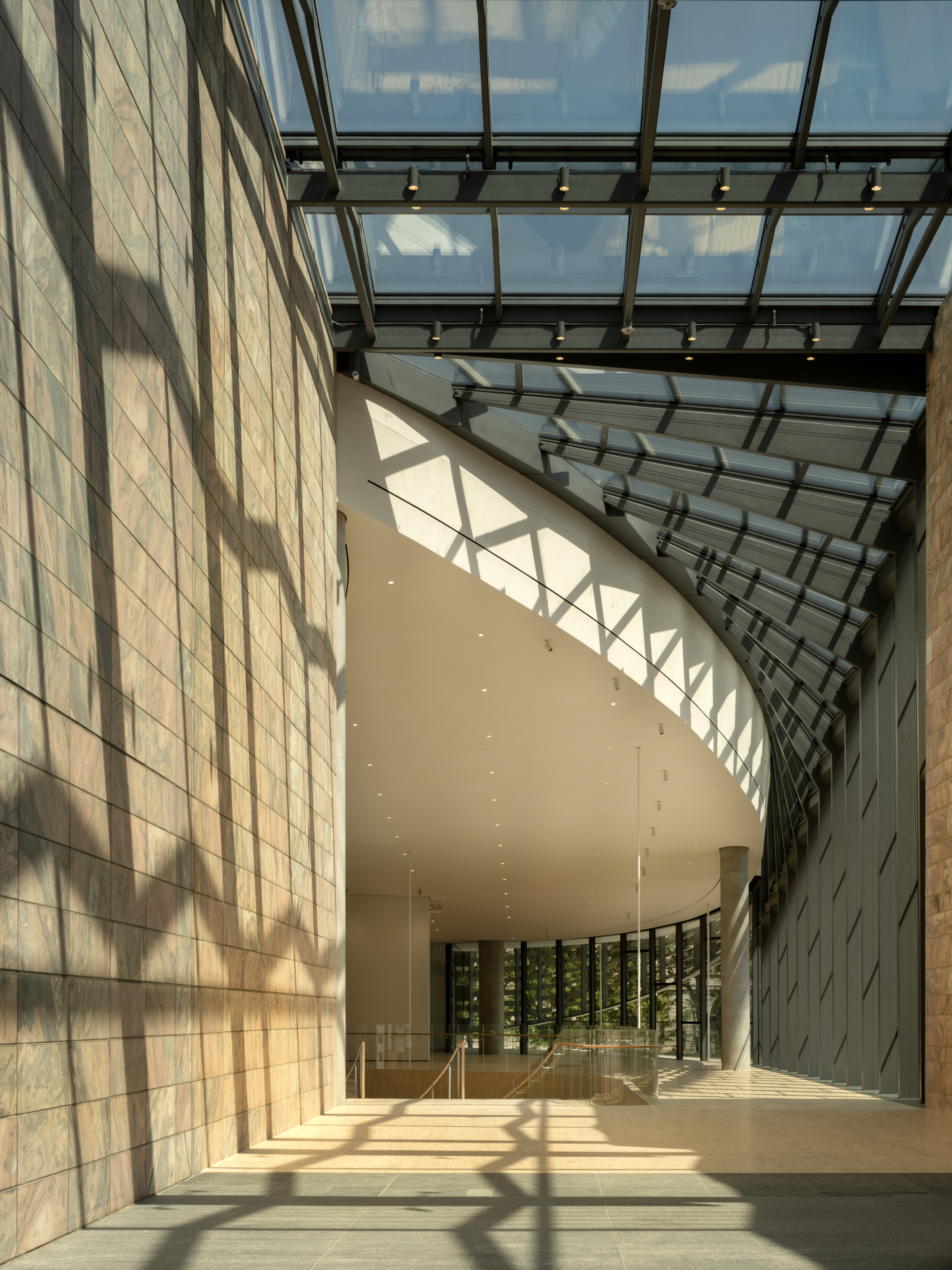
The galleries are also of an appealing scale. Snøhetta benefitted from a clear sense of the size of works intended for these spaces, with the Schrager collection calling for walls between 15ft and 17ft high and slightly smaller paper galleries. The Joslyn's director Jack F Becker explains: 'We wanted a greater sense of intimacy in the galleries. We are not MoMA or the Met, where we have twenty thousand visitors a day. We wanted something that felt a little more intimate than the Foster pavilion.'
The paper galleries currently house an inaugural exhibit on Omaha native Ed Ruscha and will soon host Japanese prints and other items drawn from storage.
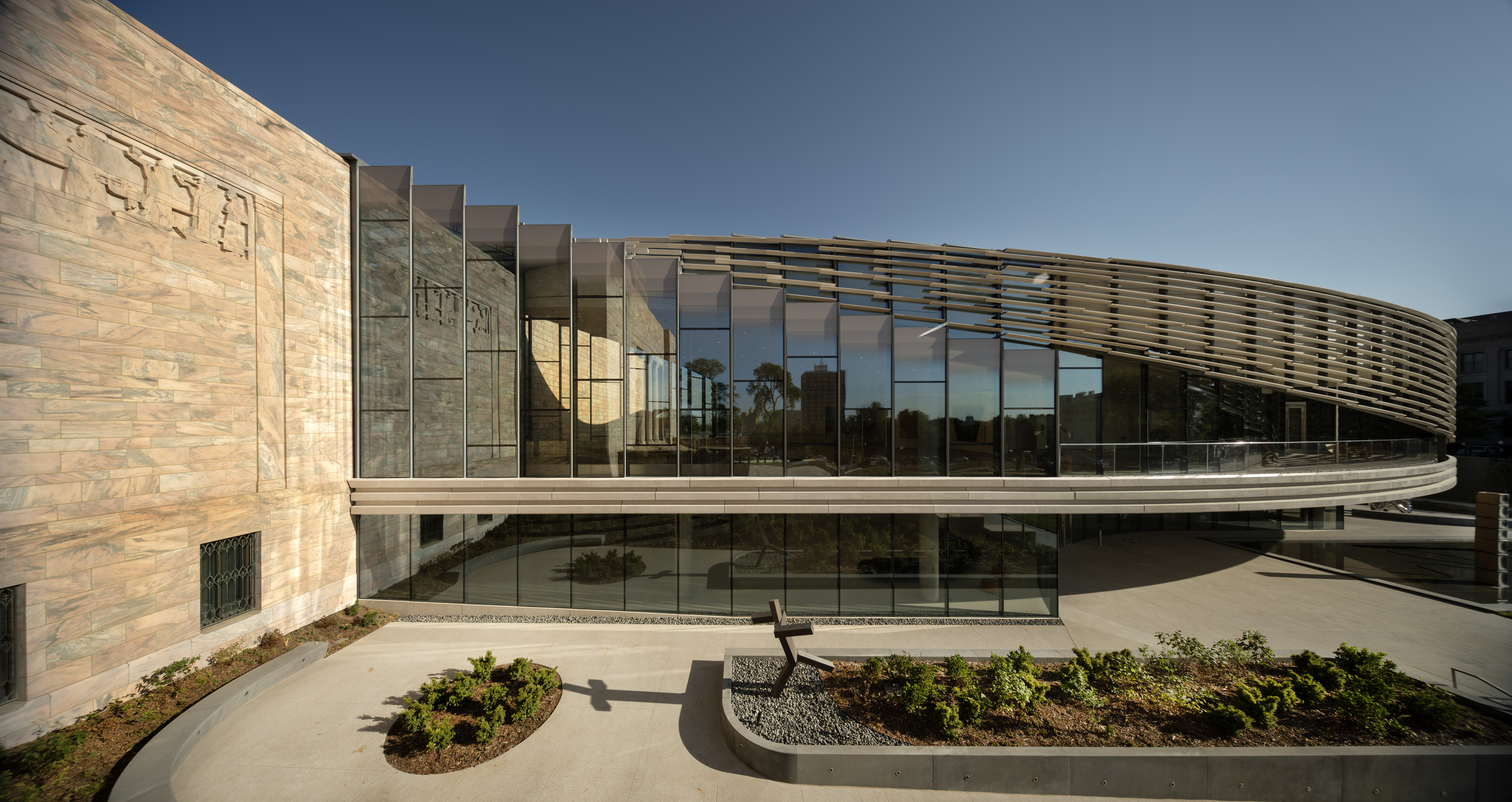
The expansion enabled, says chief curator Taylor Acosta, 'the first real reinstallation of the museum since it opened in 1931' with over 100 recent works on display as well as other pieces long dusty in the vaults. You'll find one of Pollack's first action paintings, Courbet, Titian, Eva LeWitt, and much else. A particularly bracing choice was integrating Native American works with both 19th- and 20th-century collections. Dykers praised inchoate design inspiration found in the breadth of the museum's collection, from those very Native American pieces to 'a sensual deco sculpture' and renaissance works.
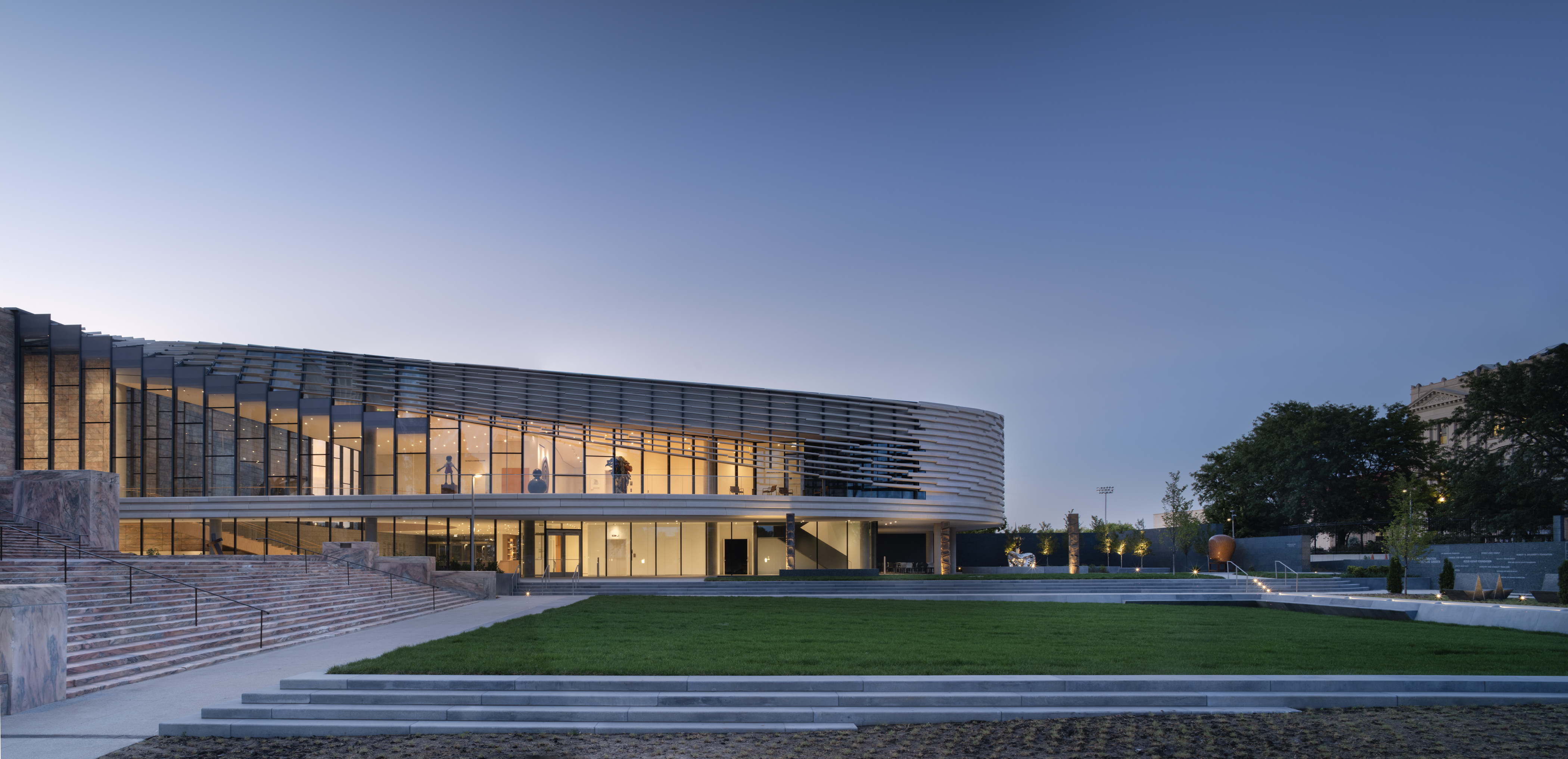
The finest placement is a Mark Suvero sculpture sitting atop an earthen plinth one storey up, directly outside the addition. It can be admired from the outside but particularly from inside the atrium, which curves around it. Its title is Bodacious and it lives up to the name.
-
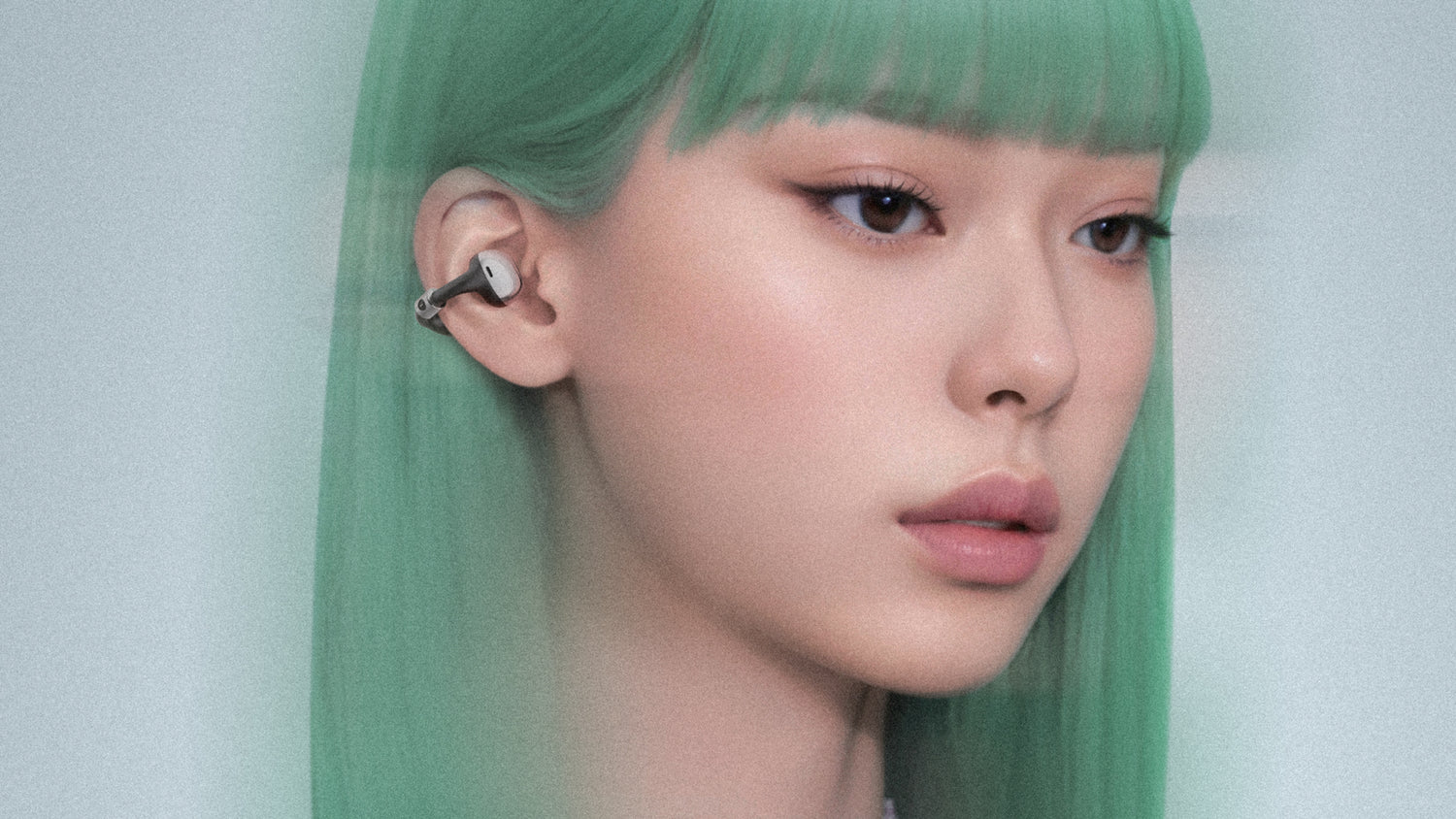 From smart glasses to ‘empathy’ machines: what AI gadgets get right (and very wrong)
From smart glasses to ‘empathy’ machines: what AI gadgets get right (and very wrong)From furry friends to smart glasses, we test the latest AI gadgets promising to enhance your life
-
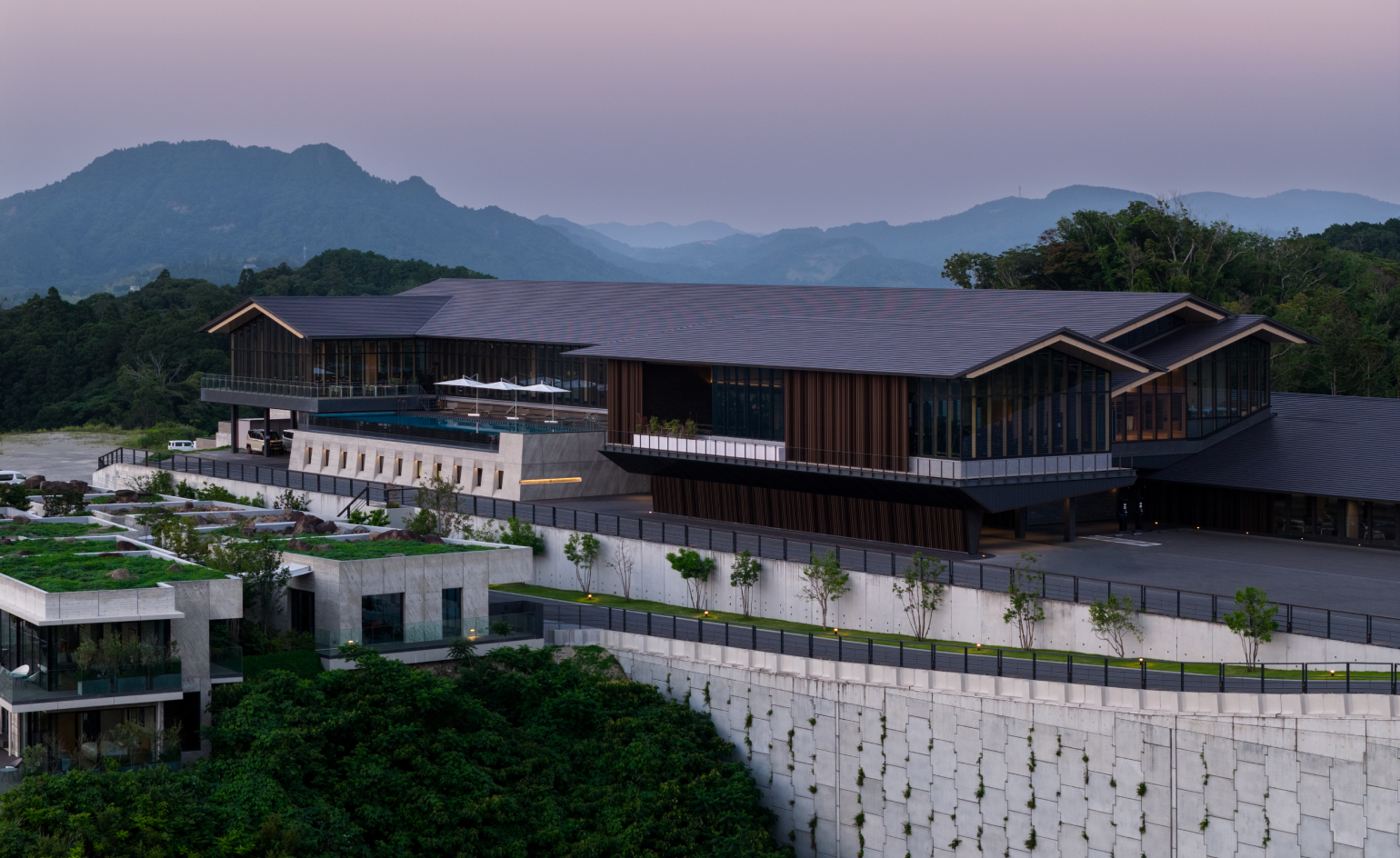 A cinematic members club’ rises in Japan’s forested hills
A cinematic members club’ rises in Japan’s forested hillsJoyce Wang Studio unveils The Magarigawa Club Clubhouse in Chiba
-
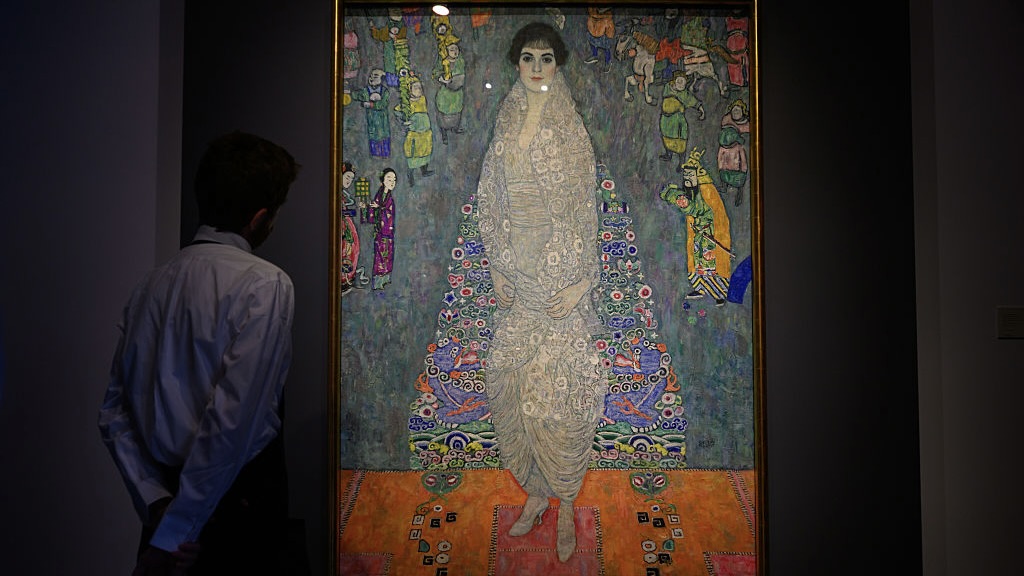 This Gustav Klimt painting just became the second most expensive artwork ever sold – it has an incredible backstory
This Gustav Klimt painting just became the second most expensive artwork ever sold – it has an incredible backstorySold by Sotheby’s for a staggering $236.4 million, ‘Portrait of Elisabeth Lederer’ survived Nazi looting and became the key to its subject’s survival
-
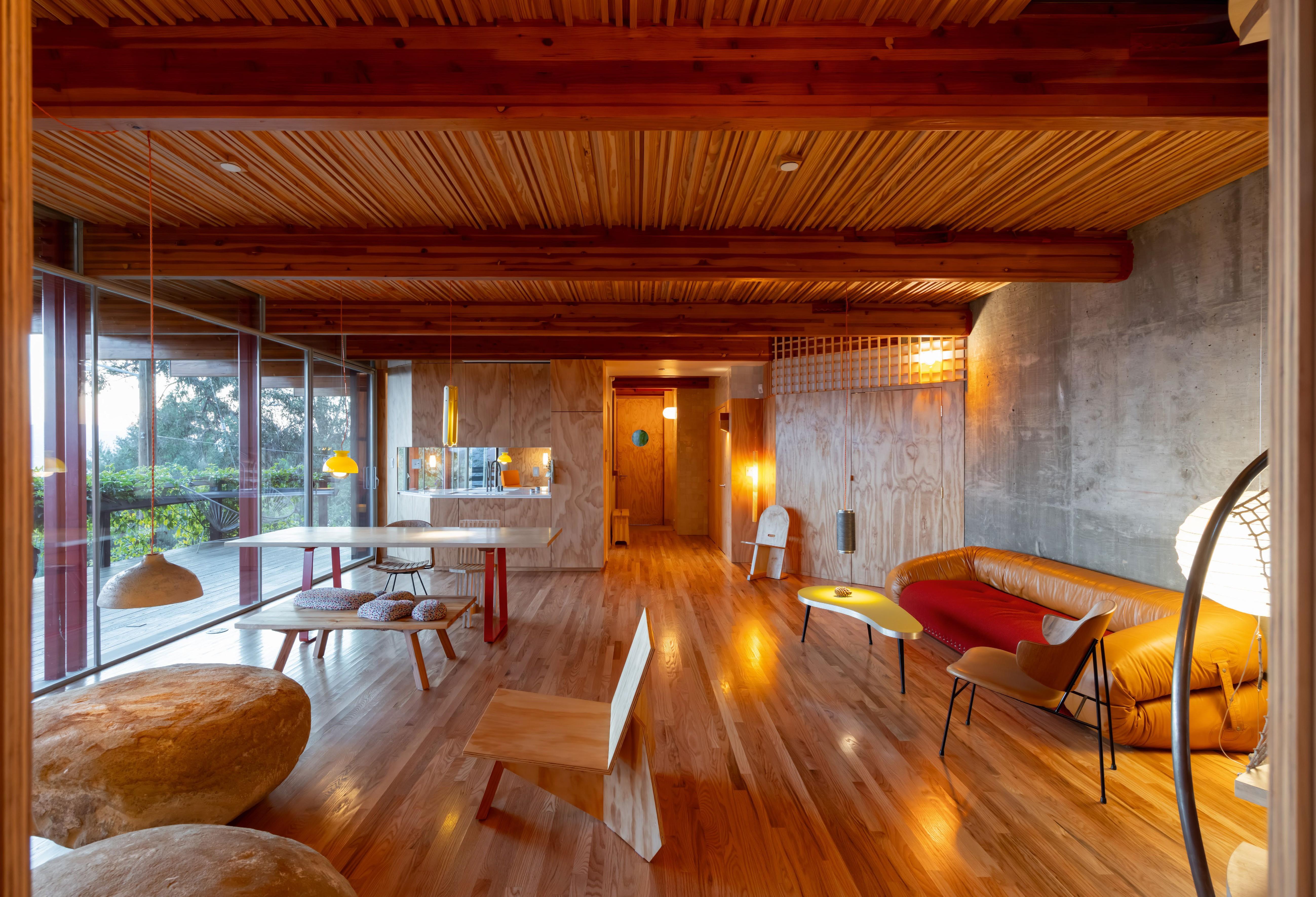 Tour Cano House, a Los Angeles home like no other, full of colour and quirk
Tour Cano House, a Los Angeles home like no other, full of colour and quirkCano House is a case study for tranquil city living, cantilevering cleverly over a steep site in LA’s Mount Washington and fusing California modernism with contemporary flair
-
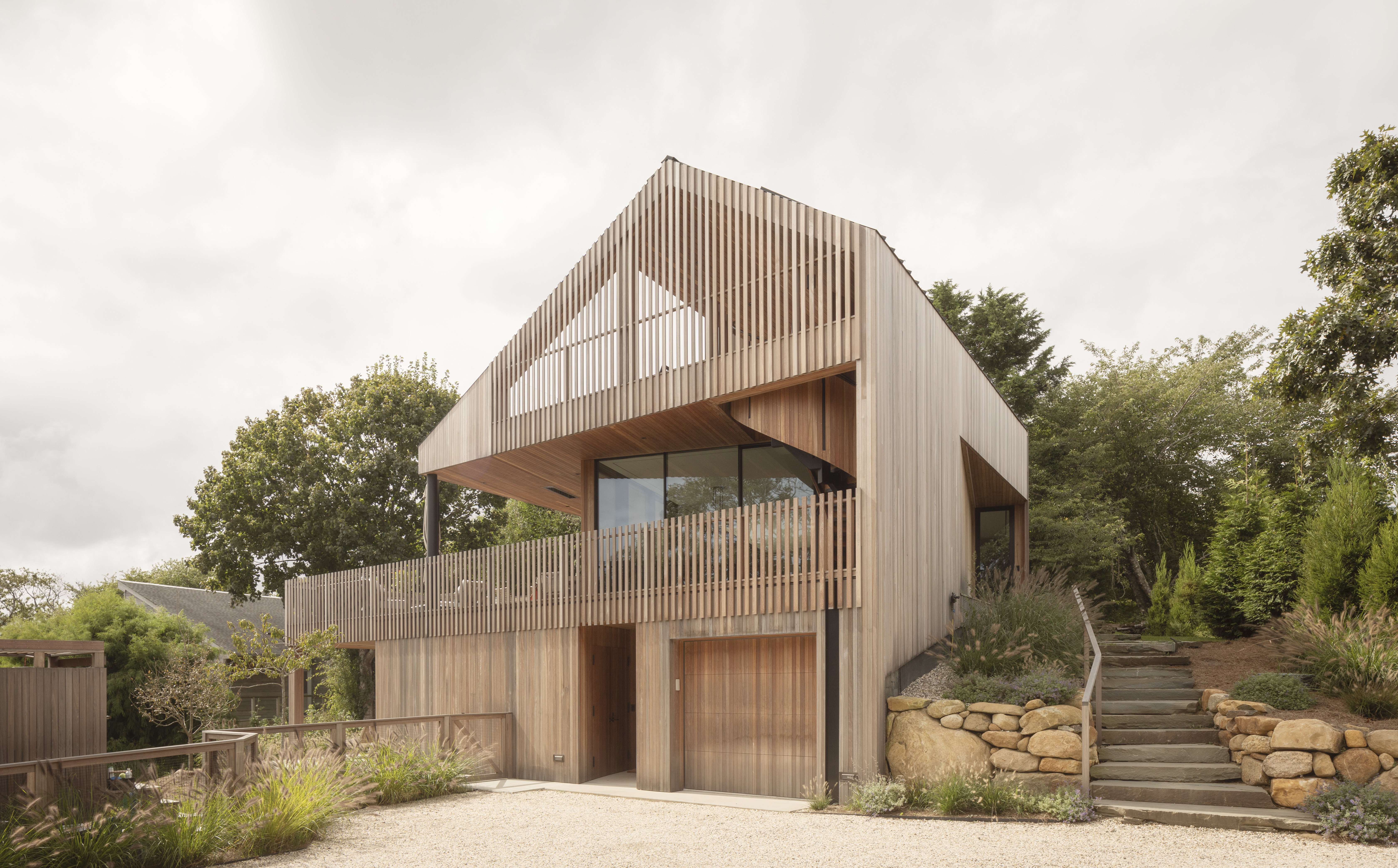 An ocean-facing Montauk house is 'a coming-of-age, a celebration, a lair'
An ocean-facing Montauk house is 'a coming-of-age, a celebration, a lair'A Montauk house on Hither Hills, designed by Hampton architects Oza Sabbeth, is wrapped in timber and connects its residents with the ocean
-
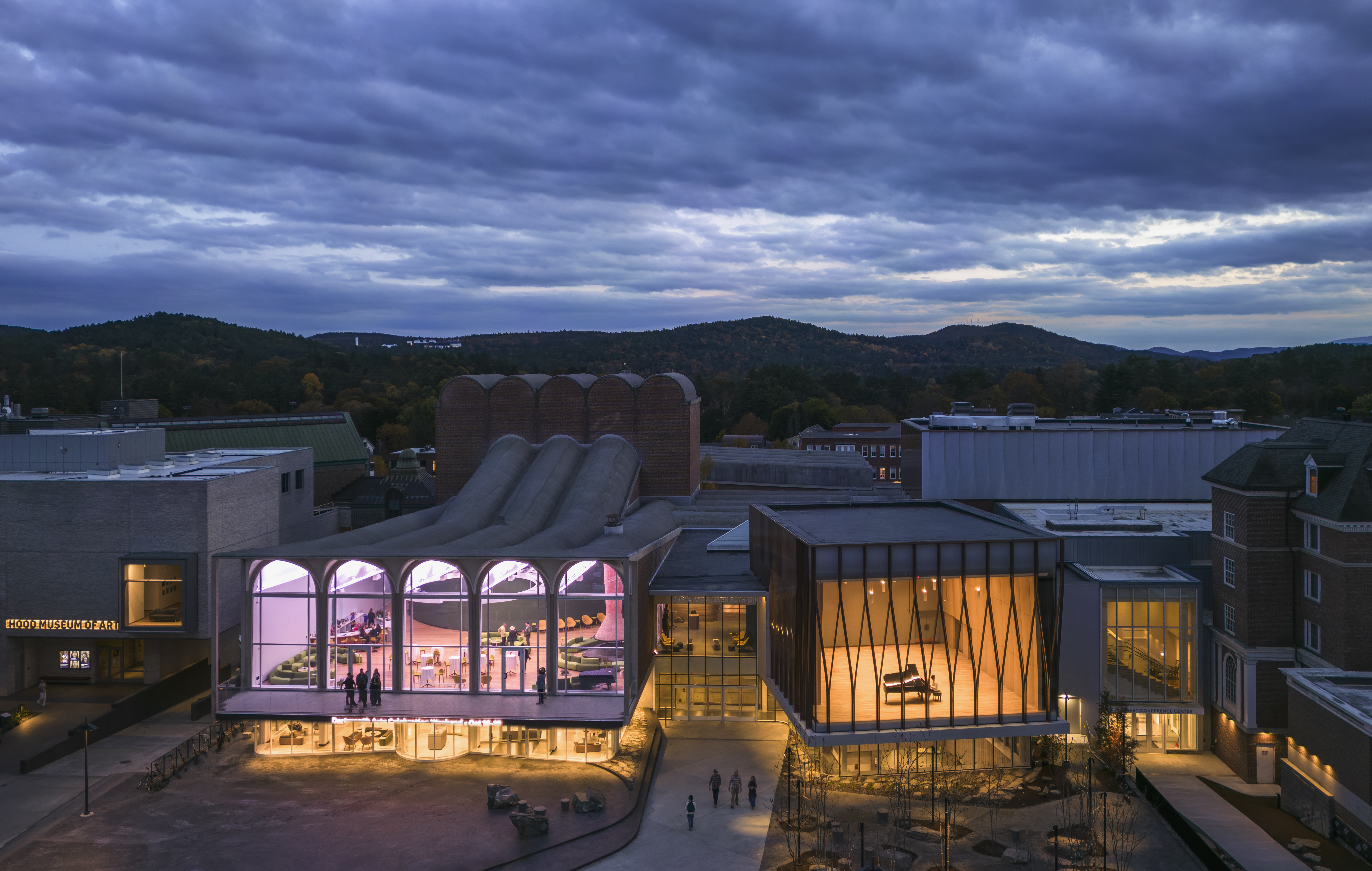 With a freshly expanded arts centre at Dartmouth College, Snøhetta brings levity to the Ivy League
With a freshly expanded arts centre at Dartmouth College, Snøhetta brings levity to the Ivy LeagueThe revamped Hopkins Center for the Arts – a prototype for the Met Opera house in New York –has unveiled its gleaming new update
-
 From Bauhaus to outhouse: Walter Gropius’ Massachusetts home seeks a design for a new public toilet
From Bauhaus to outhouse: Walter Gropius’ Massachusetts home seeks a design for a new public toiletFor years, visitors to the Gropius House had to contend with an outdoor porta loo. A new architecture competition is betting the design community is flush with solutions
-
 Robert Stone’s new desert house provokes with a radical take on site-specific architecture
Robert Stone’s new desert house provokes with a radical take on site-specific architectureA new desert house in Palm Springs, ‘Dreamer / Lil’ Dreamer’, perfectly exemplifies its architect’s sensibility and unconventional, conceptual approach
-
 New York's iconic Breuer Building is now Sotheby's global headquarters. Here's a first look
New York's iconic Breuer Building is now Sotheby's global headquarters. Here's a first lookHerzog & de Meuron implemented a ‘light touch’ in bringing this Manhattan landmark back to life
-
 Louis Kahn, the modernist architect and the man behind the myth
Louis Kahn, the modernist architect and the man behind the mythWe chart the life and work of Louis Kahn, one of the 20th century’s most prominent modernists and a revered professional; yet his personal life meant he was also an architectural enigma
-
 The Architecture Edit: Wallpaper’s houses of the month
The Architecture Edit: Wallpaper’s houses of the monthFrom Malibu beach pads to cosy cabins blanketed in snow, Wallpaper* has featured some incredible homes this month. We profile our favourites below